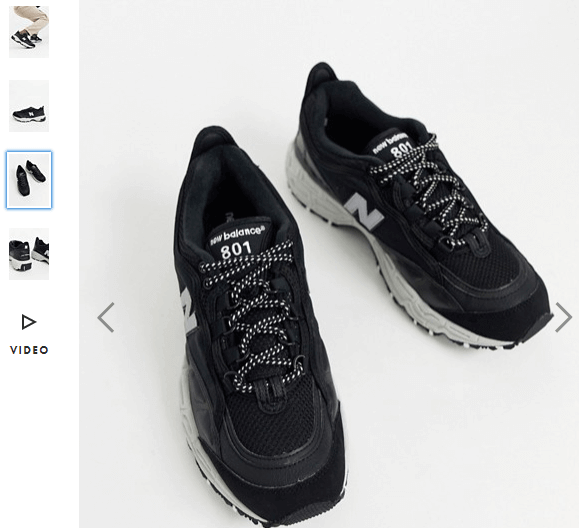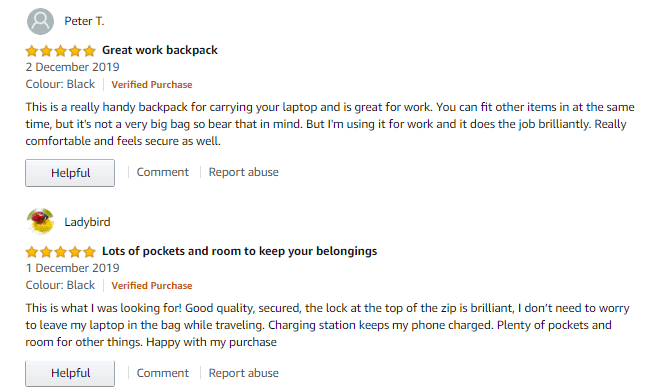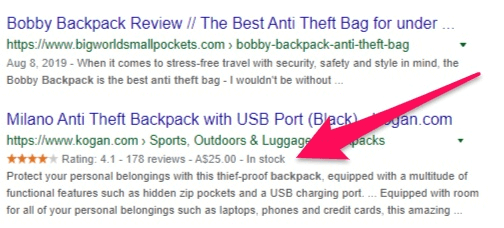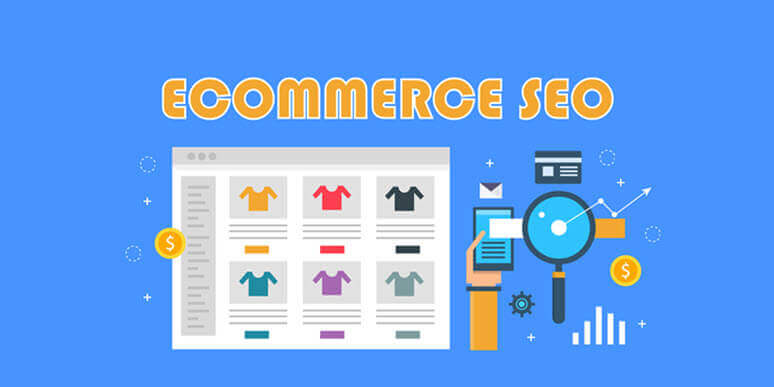Any website that wishes to rank highly, attract new customers and then convert them… SEO plays a huge role in this being a success.
But ecommerce websites have some unique challenges when it comes to on page SEO. So it is important to adapt your strategy accordingly.
Let’s take a closer look at the most important on page SEO factors you should be paying attention to when optimising your ecommerce store.
Ecommerce On Page SEO Factors
Whilst Google has a long list of ranking factors, there are some that you need to specifically focus on when you run an online ecommerce business.
#1 – Images
There are two things you need to take into account with your images.
The first is more from an SEO perspective and there are a few steps you need to take.
A lot of people use Google’s image search to find what they are looking for, especially when it comes to browsing products. So you need to ensure you have optimised your file name and alt tags accordingly to make sure your images are appearing at the top of the results.
Step 1 – Optimize the file name – you need to ensure the file name of each image is related to the product and for similar products, you can use a range of related phrases.
Step 2 – Optimize the alt tag – keep the alt tag sounding natural so anyone using screen readers can easily identify the image.
Step 3 – Size Optimization – images are the main contributing factor to a slow loading site and site speed is now an official ranking factor. so using a couple of compression tools such as Image Optimizer & WPSmush will make a huge difference.
The second thing you need to focus on is more from a user perspective (but happy users mean higher rankings). This is having high-quality pictures on all your pages. This may seem like really basic advice… but you have no idea how many people neglect this.
Image quality is especially important because online shoppers lack the ability to be able to touch and feel the product. Not only that but you can reduce the risk of problems after the sale if the customer knows and can see clearly exactly what they are buying.
So including clear images with lots of angles….

…will build trust with your shoppers and increase your conversion rate.
# 2 – Product Descriptions
Your product descriptions need to be written in a way that gets your potential buyers to trust you and your product. This is something manufacturer-provided descriptions simply will not do.
Each description needs to be unique – don’t take the easy road by copying and pasting across your products – this will never result in good rankings.
Instead, take the time to show, first and foremost, how this product will benefit them. Once you have sold them on what they are getting, then you can add the features, specs, FAQ’s etc.
#3 – Title Tags
By optimising your product title tags with your keyword you are sending a very strong ranking signal that will greatly help when it comes to where your product pages sit in the SERPs.
Make sure you are using the correct ‘type’ of keyword for your goal so that you attract the right type of traffic within the sales funnel.
Your title tag will appear in the search result so you also need to make sure it is written to attract clicks. So as well as your keyword you want to encourage them to click on your result and go to your product page.
For example if you were selling trampolines, you could go with something like…
Skyhigh Trampoline 2020 – The Safest Trampoline For Flips
And try and include a power word where possible.
#4 – Meta Descriptions
If other title tags are as great as yours, then the next thing that will decide which results to click on is the meta description.
Writing a compelling meta description and including additional keywords is a great way to attract more clicks in the SERPs.
You have 320 characters to grab the attention of the searcher.
The best way to do this is to make it clear that if they click on your result, they will be finding the answer to what they are looking for. So mention their query and then present your solution and if space, you should add a small CTA.

#5 – Headings and Subheadings
Having heading and subheadings creates a great structure for your page. It is much easier to quickly read through and get the info that they are looking for.
You should use your main keywords and some LSI keywords within these headings and subheadings to make sure they are fully optimised.
Your H1 heading would be the name of the product.
Your H2 & H3 subheadings should be things like…
- Features
- Comparision
- Reviews
- Returns Policy
- Shipping Info
And tie in these keywords where appropriate.
#6 – Internal links
Internal linking is a powerful SEO strategy that very often gets overlooked.
You can build a strong internal linking strategy in your ecommerce store by using your product descriptions to recommend other items that the searcher may be interested in.
Take a look at Amazon for example:

An easy way to increase your order value and help point search engines to your other product pages.
#7 – Testimonials & Reviews
Testimonials are the bread and butter of any product or service. You are basically harnessing the power of ‘word of mouth’ and using it to show that you and your product can be trusted.
People believe other people, so having this kind of social proof for your products takes away any misgivings of potential buyers.
You can collect testimonials easily by providing a good service and then simply ask your customers for their feedback.

#8 – Schema Data
Using schema data such as rich snippets in your HTML will make your search result stand out from the crowd in the SERPs.
And in today’s increasingly competitive market, you need to have an edge.
You can manipulate your search results to include things like:
- Star rating
- Pricing
- Review data
- Stock availability

Wrapping Up
As the online world is growing so is the competitiveness of ecommerce stores. You need to give your website a boost by investing time in setting your products up for success.
This means utilizing ecommerce SEO on page tactics to get a good standing in the SERPs.
Not only will these tactics help with customer engagement but they will make your website much more appealing to search engines.


